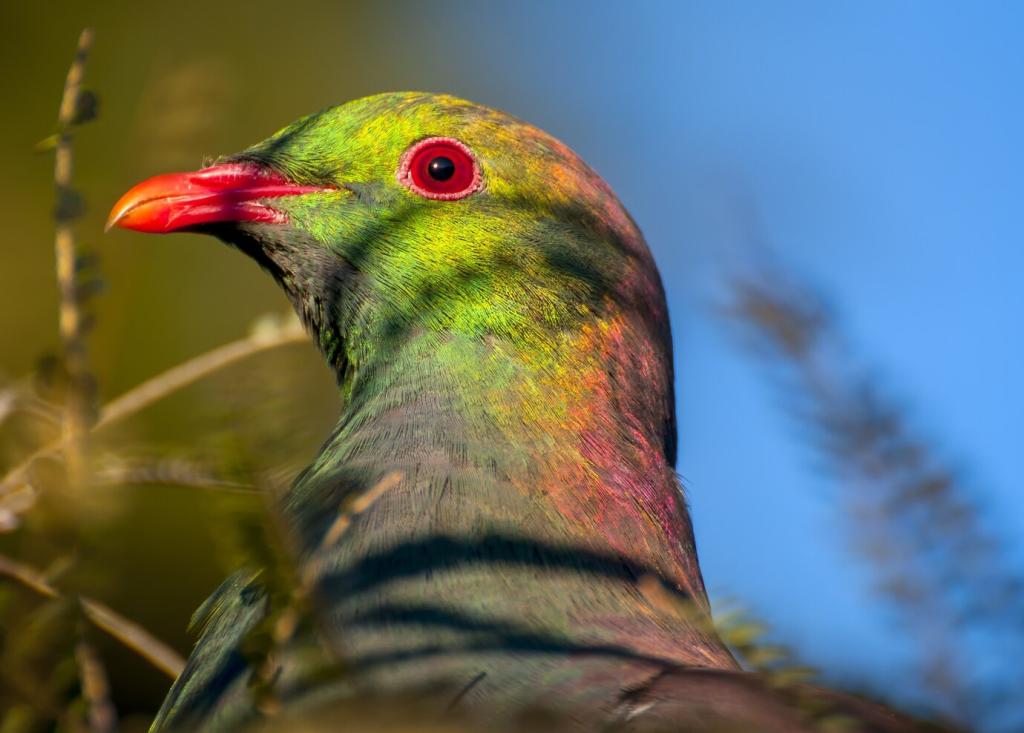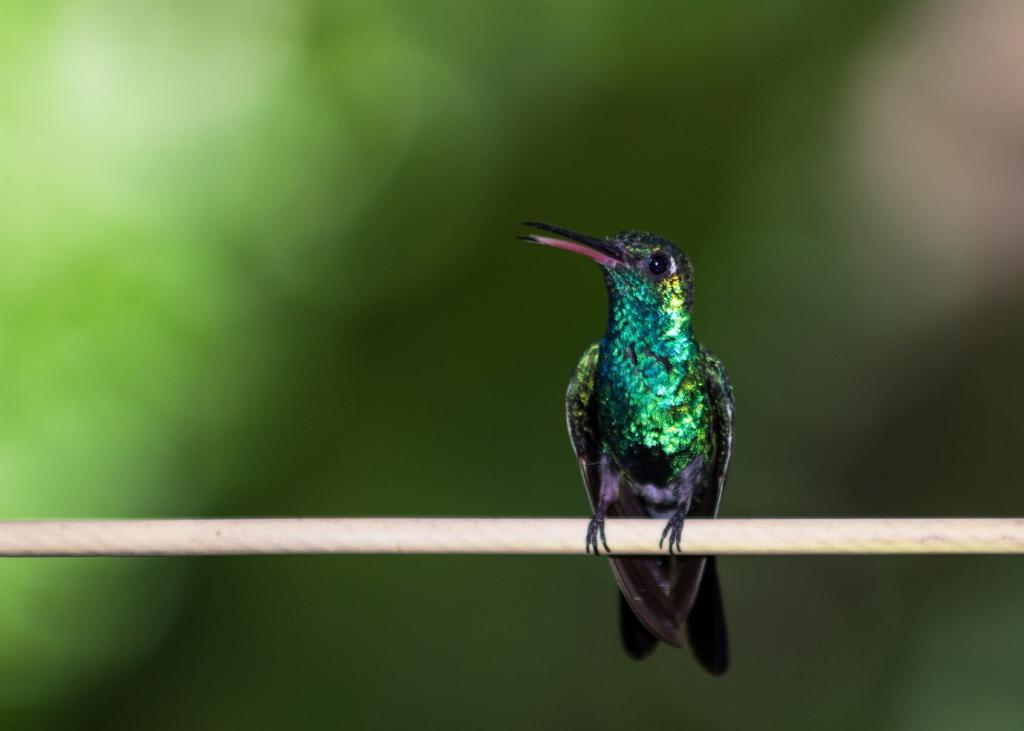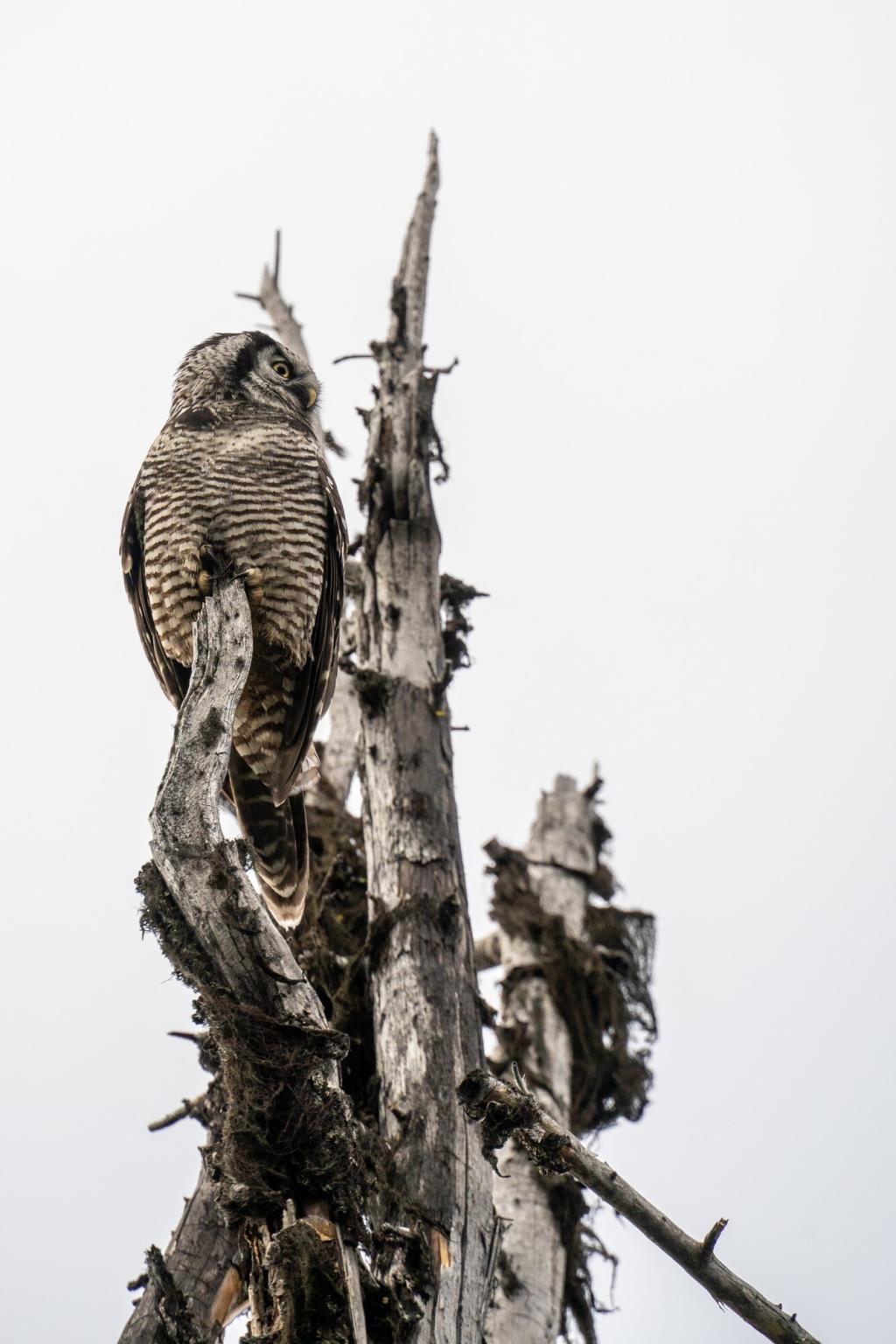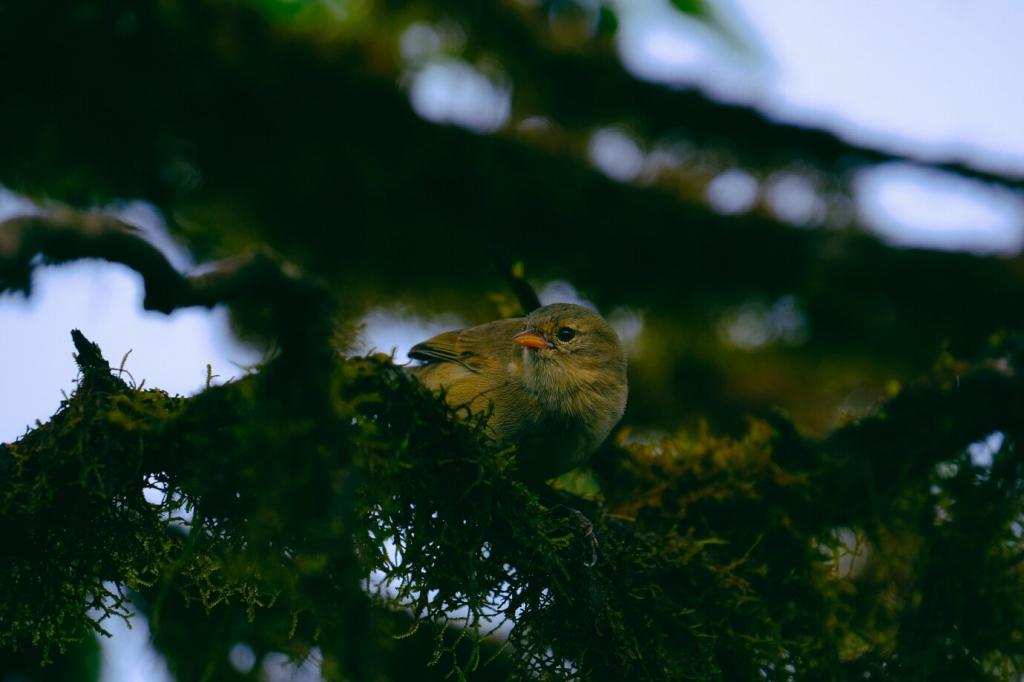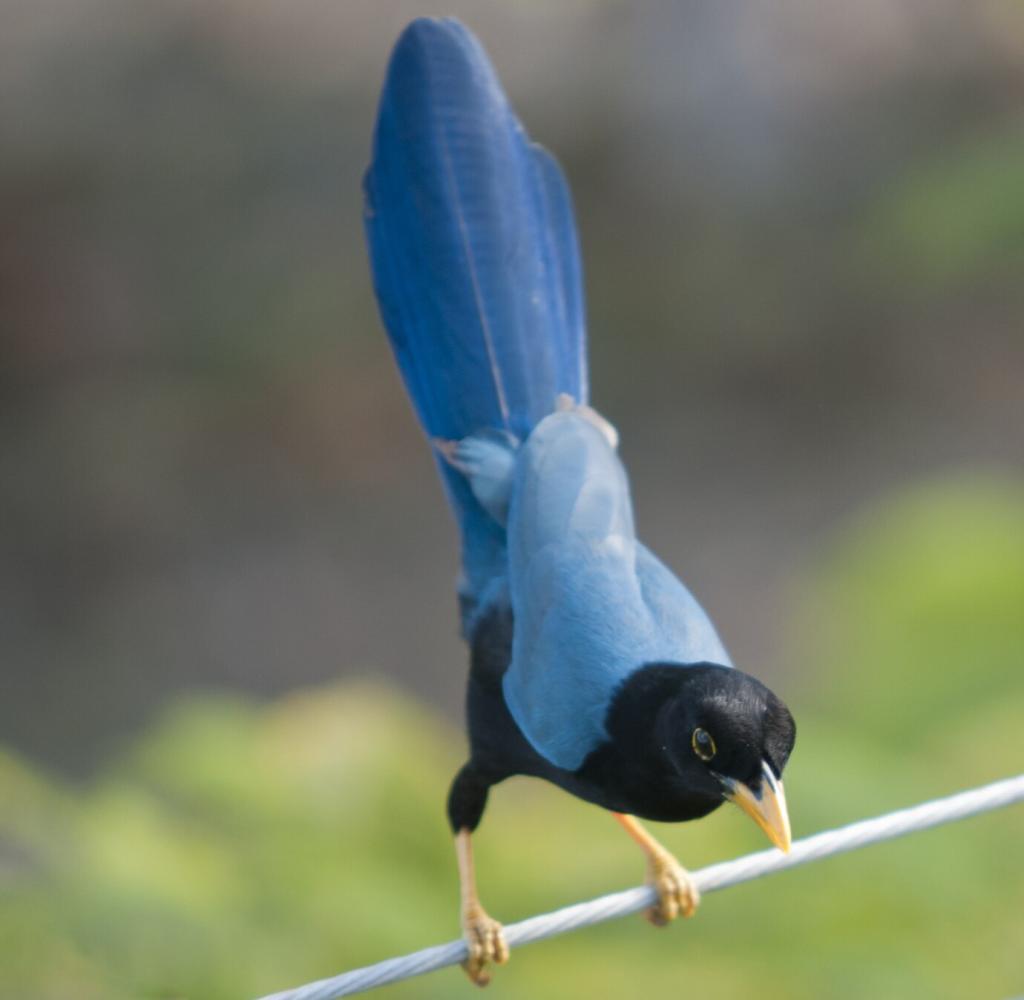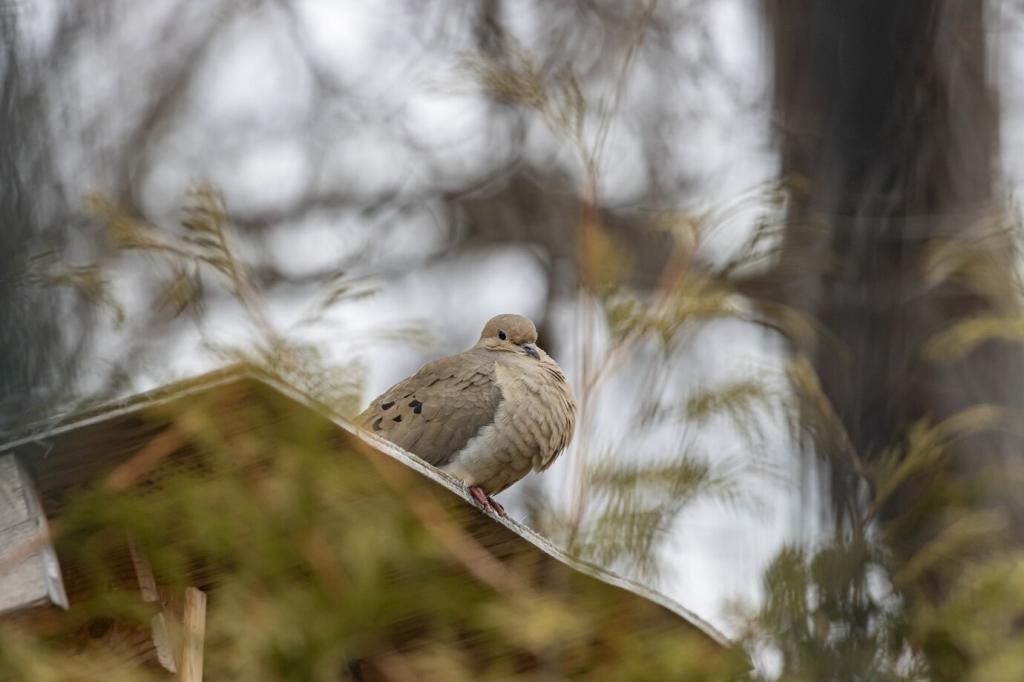Form Meets Function: Anatomy of a Beak
A beak’s bony core is wrapped in rhamphotheca, a living keratin sheath that grows continuously to counter abrasion. Dense vasculature supports repair and thermoregulation, letting birds fine-tune heat loss during exertion, migration, or sweltering afternoons.
Form Meets Function: Anatomy of a Beak
Shape governs mechanics. Falcons’ tomial tooth slices tendon and sinew; grosbeaks’ deep, conical bills generate crushing force; hummingbirds’ slender, elastic tips part petals and lap nectar. Each structural tweak translates directly into what, and how, a bird can eat.
Form Meets Function: Anatomy of a Beak
Shorebirds host dense mechanoreceptors—Herbst corpuscles—near bill tips, detecting pressure waves to find prey hidden in mud. Kiwis move nostrils forward for scent-led foraging, while ibises employ ‘remote touch,’ probing sediments guided by vibrations rather than sight.
Form Meets Function: Anatomy of a Beak
Lorem ipsum dolor sit amet, consectetur adipiscing elit. Ut elit tellus, luctus nec ullamcorper mattis, pulvinar dapibus leo.

